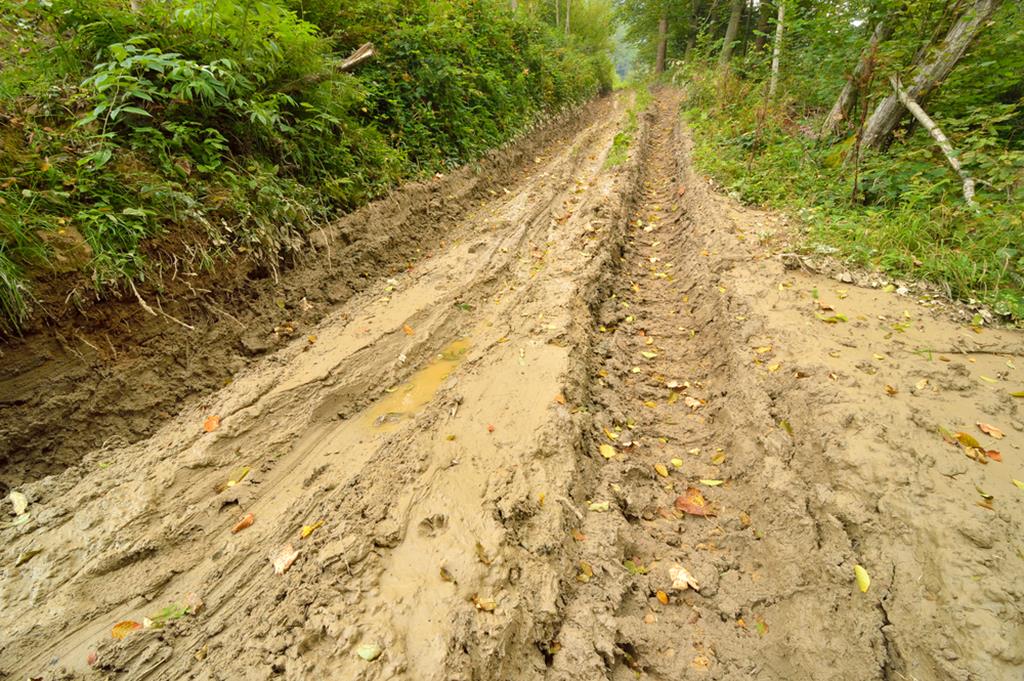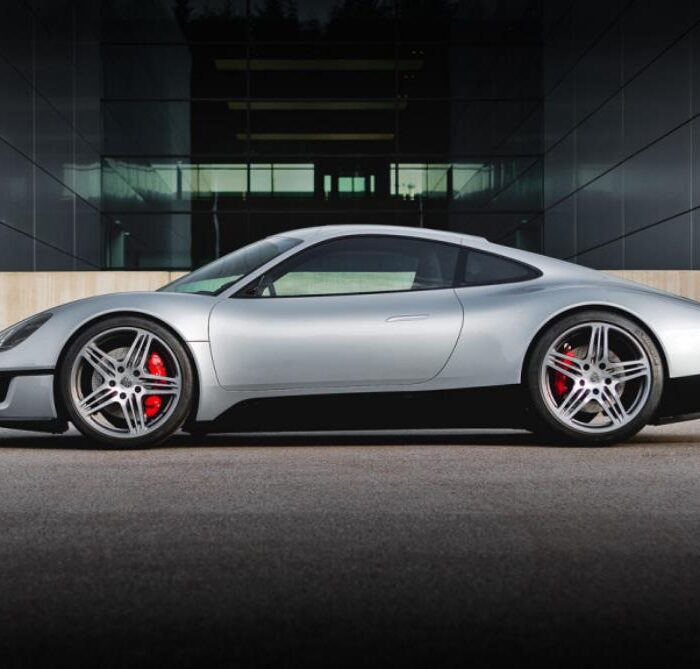Off-road as a principle
When a person intentionally chooses a route with no roads, that means he prefers driving an off-roader (jeep). Such “jeep tours” are intended for thrill-seekers who prefer new and undiscovered paths to the traffic-bound roads. Modern off-roaders can travel through different terrain without any difficulty. Sure, you can drive this car on straight and smooth roads. However, you can see its full potential only under off-road conditions.
However, getting off the road and cross-country run is not the best idea. The thing is that it is quite dangerous if you don’t know anything about this kind of driving. Thus, we recommend you, first of all, to examine your car even if it is an all-wheel drive. Without due preparation, there is a high risk that you will face many challenges. Off-road is not a place you can travel to blindly even if you drive an off-roader.
Most off-roaders have a special control system that automatically customizes settings for specific conditions. Thus, take it into account. If you decide to travel through one terrain with the settings customized for another type of terrain, your route may be tough.
If you accidentally find yourself in off-road conditions
There are situations when a road ahead is washed away, blocked with stones or due to the snowslide, etc. Before you decide to avoid the obstacles, keep in mind that sometimes it is better to stay in a safe place and wait for the rescuers. If the latter is not possible, try to find bypass roads which are called the “off-road”.
To cope with the conditions not suitable for the further car movement, we recommend you to have:
– special tires;
– hoisting winch;
– bumpers of another structure;
– effective suspension.
Otherwise, it is better safe than sorry. You’d better stay at home.

Types of off-road
Lack of roads means quite different weather conditions. It can be a dirt-packed area, a water barrier, rocky piles or sand dunes. It can be a situation when a road changes into an off-road under the influence of severe weather conditions — blizzard, snowstorm, hail… Each variant requires a specific driving technique and enough calmness. Anyway you should think through attentively by examining the given conditions. Experience a driver gains in off-road journeys is worthless. However, you should foresee all the possible challenges you may face while driving off-road.
Hoisting winch. Types and importance
Drivers use hoisting winches to pull out a car that cannot move independently. A hoisting winch is a symbol of freedom. In many cases, a hoisting winch becomes a real lifesaver. Your car may have super wheels that allow you to go to the places where a simple car will never go. However, if it is stuck there, only hoisting winch will save you. Thus, we recommend you to put it in your car in advance.
When choosing a hoisting winch, first of all, pay attention to its driving force. Generally, the driving force shall not exceed 1.5 times the weight of your car. However, this is only a recommendation. Choose a hoisting winch according to specific operating conditions. You can buy a weak and cheap hoisting winch. For instance, its force is equal to the mass of your car. Every time you will use the block. The speed will fall twice, but the driving force will double.
When choosing a hoisting winch, decide which force will set a hoist drum in motion. Hoisting winches can be electric, mechanic or hydraulic.
- In electric hoisting winches, a drum is set in motion by the electric motor mounted on the shell of the hoisting winch. The battery transmits its energy to the motor. The undeniable benefit of this hoisting winch type is that it is easy to mount. All you need is mount the hoisting winch on your car and throw the wires on the battery and that’s it — hoisting winch is ready to use. However, there are also significant disadvantages. First of all, if you use it in severe conditions when there is a risk of water or dirt getting inside the shell, a hoisting winch may quickly break down. Then, it consumes much energy. Most cars cannot use a hoisting winch for a long time. The battery runs down and it takes much time to charge it. If you decide to drive off-road, we strongly don’t recommend you buying an electric hoisting winch. Otherwise, you will have to change the power system, i.e. install a more energy-intensive battery.
- In mechanic hoisting winches, a drum is set in motion by the car engine. Motor torque is transferred to the hoisting winch through a power take-off installed on a transfer case. Thus, there can be no question of energy consumption. To use a hoisting winch, select neutral on a transfer case and one of the gears on the gearbox. To wind a wire, use forward and reverse gears to unwind. Thus, by selecting a gear and engine speed you can adjust the drum rotation speed. Another outstanding advantage of mechanic hoisting winches is their durability. However, you cannot mount a mechanic hoisting winch on all cars, though this is nearly a perfect choice for those who drive off-road often and with pleasure. Once installed, you can forget about it. You should only clean and lubricate it on a timely basis. Then it can last for years.
- In hydraulic hoisting winches, a drum sets a steering pump in motion. Oil helps to transmit forces from the pump to the hoisting winch. However, you can’t use a hydraulic hoisting winch with the engine stalled. It also does not consume energy. Thus, hydraulic hoisting winch is a better choice for those who prefer off-road rather than usual highways. Unlike a mechanic hoisting winch, hydraulic one can be mounted on any car. However, that is not cheap. A hydraulic hoisting winch does not consume energy and is more reliable in operation than an electrical one. However, there is a risk that in due course you may find oil leakage that will only worsen. The repair also costs a fortune.
And now a few words about hoisting winch installation. First of all, it should be secured to the frame of the car. You are not allowed to install it on the body. Put a hoisting winch either to the front or the rear according to the direction of winching. Center placement of the hoisting winch is a nonsense. If it breaks down, that will be hard for you to remove it from under the car. Moreover, you can’t control wire winding. We recommend you to put the control unit as high as possible and in a safe place protected against dust and dirt.

So, we recommend you driving the off-road only on a purely voluntary basis. However, be always prepared for the worse. Even if you drive the off-road, don’t forget to take your International Driving Permit. No one knows what may happen on the road, but this document will always help you out.

Published January 26, 2018 • 6m to read





